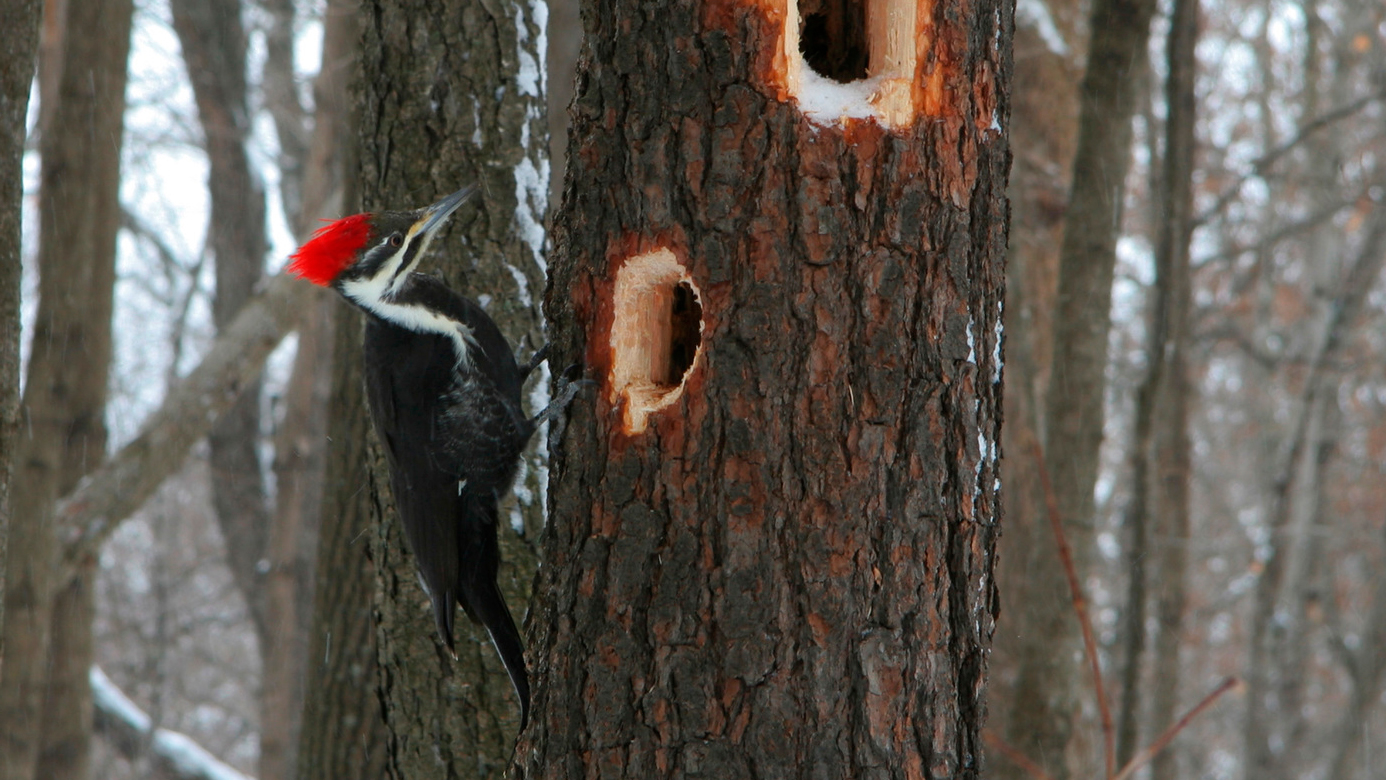Woodpeckers in Florida Populace: Variety Review and Preservation
Woodpeckers in Florida Populace: Variety Review and Preservation
Blog Article
Discover the Remarkable World of Woodpeckers: Everything You Need to Know
The world of woodpeckers is a world filled with special actions, elaborate adjustments, and a diverse variety of varieties. From their habitats and circulation patterns to their feeding behaviors and specialized anatomical functions, woodpeckers have long mesmerized the passion of ornithologists and nature enthusiasts alike.
Woodpecker Habitats and Circulation
Woodpeckers occupy a diverse series of settings worldwide, showcasing flexibility in their circulation patterns. These resistant birds are located in woodlands, timberlands, savannas, and deserts across various continents, demonstrating their capability to flourish in different climatic conditions. In North America, for example, woodpeckers can be identified in both coniferous and deciduous forests, utilizing their strong beaks to forage for insects and create nesting dental caries in trees. In Africa, certain woodpecker varieties have actually adapted to arid settings, such as the acacia timberlands, where they play a vital function in controlling insect populations.

Feeding Behaviors and Diet
Among the different elements of their habits, woodpeckers display unique feeding routines and nutritional choices. These birds are largely insectivores, with a diet regimen that consists of ants, beetles, caterpillars, and various other pests located in trees. Woodpeckers utilize their solid beaks to pierce right into the bark of trees, penetrating for bugs and larvae hidden below the surface. Along with insects, woodpeckers likewise consume nuts, seeds, fruits, and sap. Some species have actually specialized tongues with barbed pointers that aid them draw out bugs from holes in wood.
Woodpeckers are known for their drumming actions, which offers not just to connect with other woodpeckers but additionally to find food. The fast drumming sound is created by the bird pecking on resonant surface areas like dead trees or steel posts. This habits can attract pests concealed in the wood, allowing the woodpecker to detect their visibility and eat them.
Distinct Adjustments for Tree Climbing
In their skilled search of insects concealed within tree bark, woodpeckers have advanced amazing physiological functions that furnish them with one-of-a-kind adjustments for efficient tree climbing. Woodpeckers have solid neck muscular tissues and an unique skull structure that absorb the impact of continuous pecking, enabling them to climb up and down without causing injury to their minds. These adjustments display the unbelievable transformative layout that go to my blog makes it possible for woodpeckers to navigate trees with precision and efficiency.
Diverse Woodpecker Species Worldwide
With over 200 various varieties spread out throughout different habitats worldwide, the household of Picidae encompasses an amazing diversity of woodpeckers. These birds can be found in woodlands, timberlands, savannas, and even urban locations, showcasing their versatility to different environments. From the iconic Northern Flicker in North America to the vivid and evasive Crimson-backed Flameback in Asia, each woodpecker varieties displays distinct qualities in terms of tuft, habits, and habitat preference.
Woodpeckers vary substantially in dimension, with the diminutive Downy visit Woodpecker measuring around 6-7 inches in size, while the powerful Lineated Woodpecker can rise to 17 inches - Woodpeckers in Florida. Their beaks also come in various sizes and shapes, showing their feeding practices. Some varieties focus on extracting insects from tree bark, like the Acorn Woodpecker, while others, such as the Black-cheeked Woodpecker, feed on fruits and seeds

Conservation Initiatives and Obstacles
Conservation initiatives for woodpecker populaces are essential in mitigating the effect of habitat loss and various other hazards encountering these diverse bird varieties. Woodpeckers encounter numerous obstacles to their survival, largely due to deforestation, urbanization, climate adjustment, and intrusive varieties. To resolve these concerns, preservation initiatives concentrate on shielding and restoring woodpecker habitats, applying lasting forestry techniques, and elevating look here recognition concerning the value of these birds in environments.
One considerable challenge in woodpecker preservation is the fragmentation of their environments, causing separated populations that are more vulnerable to termination - Woodpeckers in Florida. Preservationists function to produce wildlife hallways and shielded locations that connect these fragmented environments, enabling woodpeckers to move in between various areas for feeding, breeding, and sanctuary

Verdict
Finally, woodpeckers are interesting birds with special adaptations for tree climbing and feeding habits. They can be found in varied habitats worldwide, dealing with preservation obstacles as a result of habitat loss and human activities. Comprehending their environments, diets, and habits is vital for preservation initiatives to shield these vital bird varieties. More study and preservation activities are required to make certain the survival of woodpeckers in the wild.
Report this page